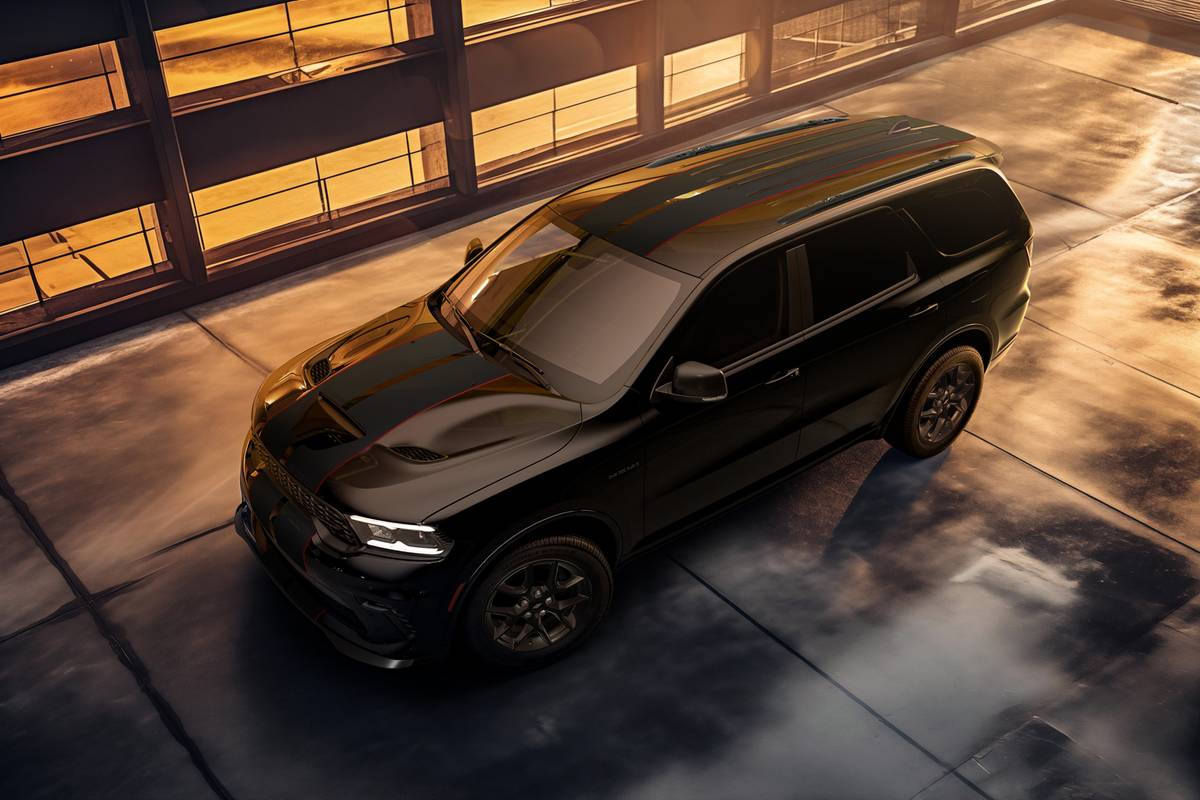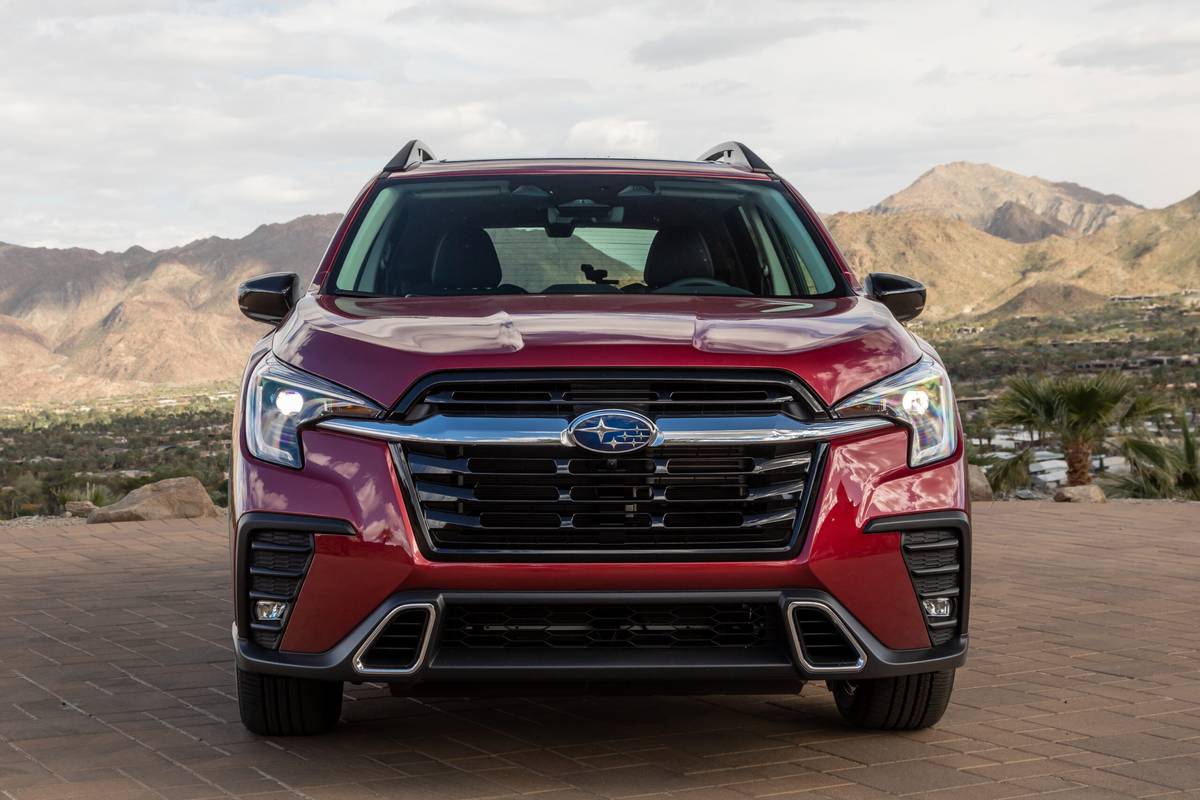Orlando Sentinel's view
Japanese power trio Honda, Toyota and Nissan simultaneously recognized a hole in their product lineup: entry-level vehicles of the sort that brought those companies to the U.S. to start with. That hole was filled with the Toyota Yaris, Honda Fit and Nissan Versa.
The Versa was the last to the party, and it’s a viable competitor. It’s more powerful and larger than the other two, though still quite a bit smaller than the previous Nissan entry-level model, the Sentra. Also new for 2007, the Sentra has grown in size and price, leaving a sizable niche for the Versa.
I’ve driven a couple of Versas, both hatchback models. A sedan version is due soon, but it’s just a difference in body style. I spent most of my time in an up-level Versa SL, but I also drove a base S model. There is less difference than I would have expected.
The base model started at $13,250, and with a few options — including a package that added power windows, locks and keyless entry — the total price was just $14,805, and that was with a four-speed automatic transmission. The six-speed manual transmission would have been even cheaper.
All Versas have a 1.8-liter, 122-horsepower, four-cylinder engine that is pleasantly peppy. The Yaris engine has 106 horsepower, and the Fit engine has 109.
The more deluxe Versa SL had substantially more equipment, including cruise control, keyless entry, and power windows and locks (optional on the S model). On the SL, you also can get CVT, which stands for continuously variable transmission. The CVT doesn’t have a set number of gears and doesn’t shift the same way a regular automatic does. It’s a bit easier on gas: The conventional four-speed automatic in the S model was rated at 28 miles per gallon city, 35 mpg highway, and the CVT-equipped SL was rated at 30 mpg city, 36 mpg highway. The six-speed manual gets 30 mpg city, 34 highway. The CVT adds $1,000 to the price above the manual.
As an aside: I was double-checking the Versa SL’s price on the company Web site when something interesting happened. I checked the $300 “Sirius satellite radio” box, and I received this message: “Your selection of Sirius satellite radio will change your price from $16,165 to $18,065 and will require the following changes: 1.8 SL Convenience Package will be added. 1.8 SL Audio Package will be added. 1.8 SL Sunroof Package will be added.”
Really? Satellite radio is going to cost me nearly $2,000? I thought the Japanese manufacturers, masters at making you buy several features to get the one you want, had given up on this tactic. Guess not.
That said, the Versa — either model, with the CVT or the four-speed automatic — does not feel like an entry-level car with one exception: The electric-boosted power steering acts as if there’s a rubber band wrapped around the steering column. Some companies, such as Honda, get electric power steering right. Some, like GM and Nissan, haven’t.
Otherwise, Versa’s ride and handling are on par with the competition. It isn’t exactly sporting to drive, but it isn’t a chore. The ride is smooth enough to make the Versa a legitimate choice for trips, and the interior, including bucket seats, is above average. Side and side-curtain air bags are standard, but anti-lock brakes are optional. Build quality on both made-in-Mexico Versas appeared sound.
Of the three entry-level amigos, I would take the Honda Fit instead of the Versa, but the Versa instead of the Yaris. All three should give you dependable, thrifty transportation, but the Honda factors in at least a little fun.
Latest news



